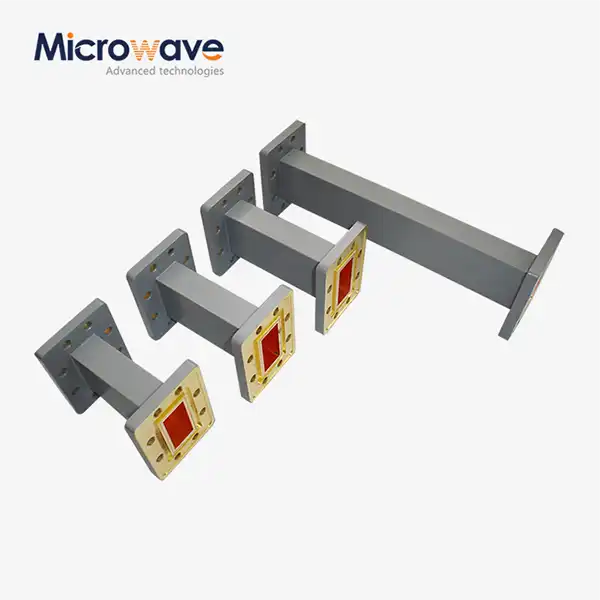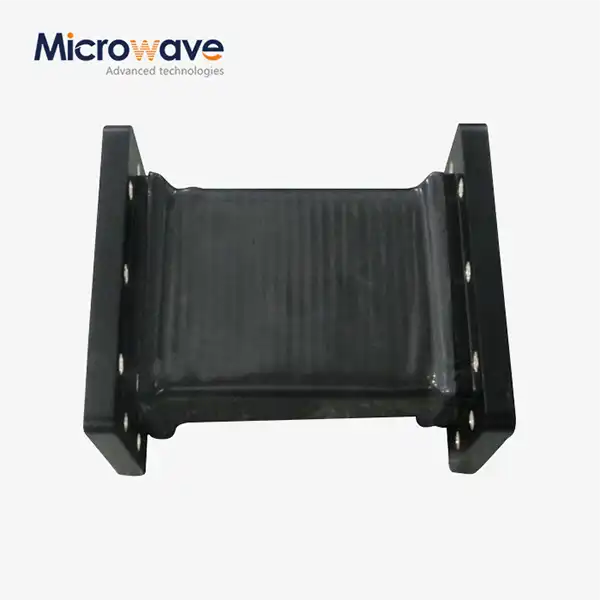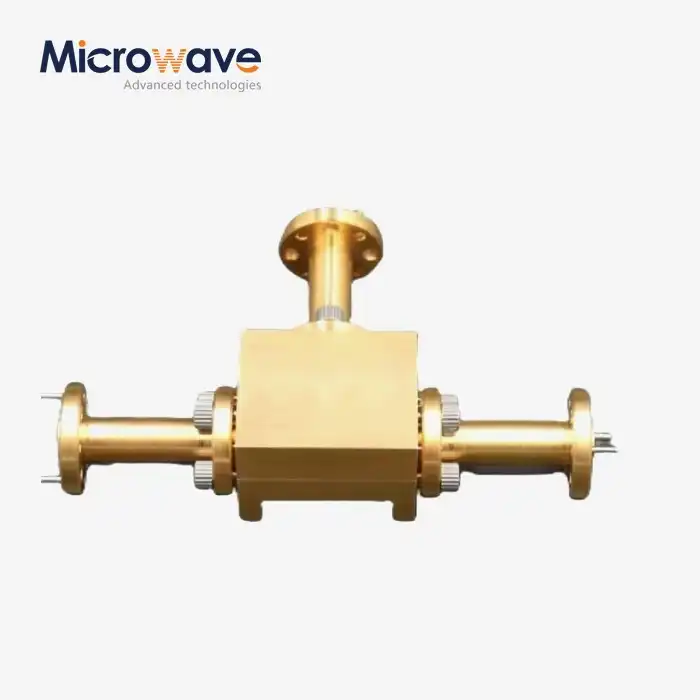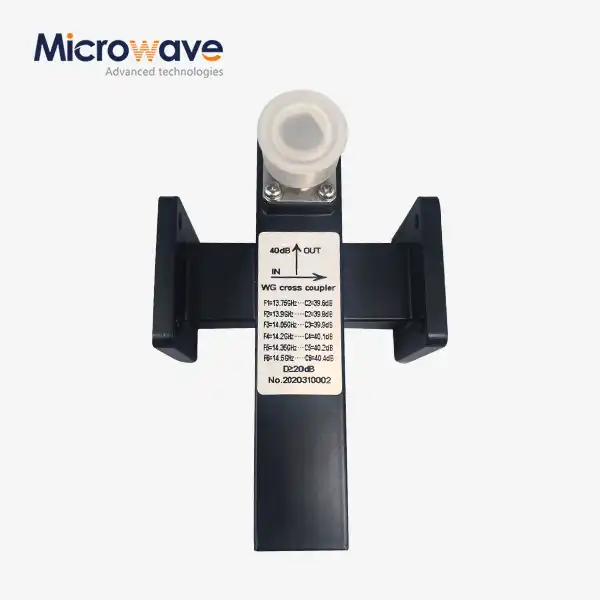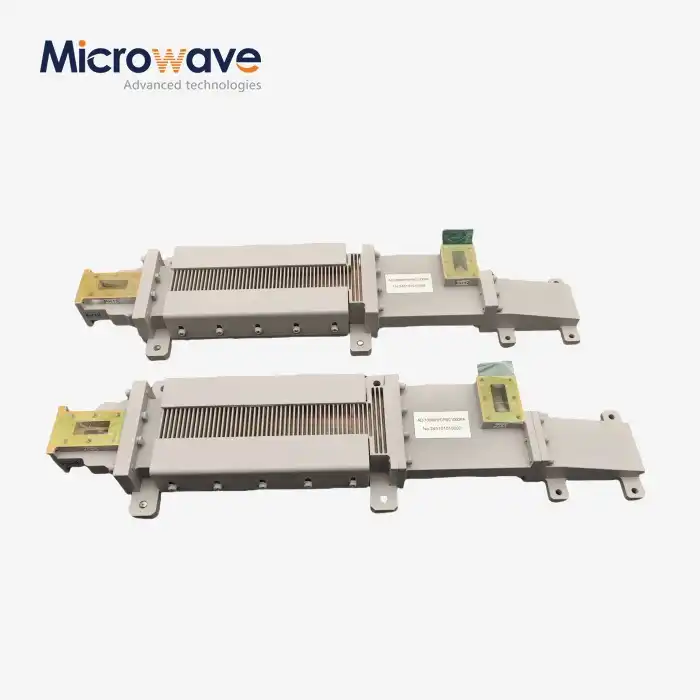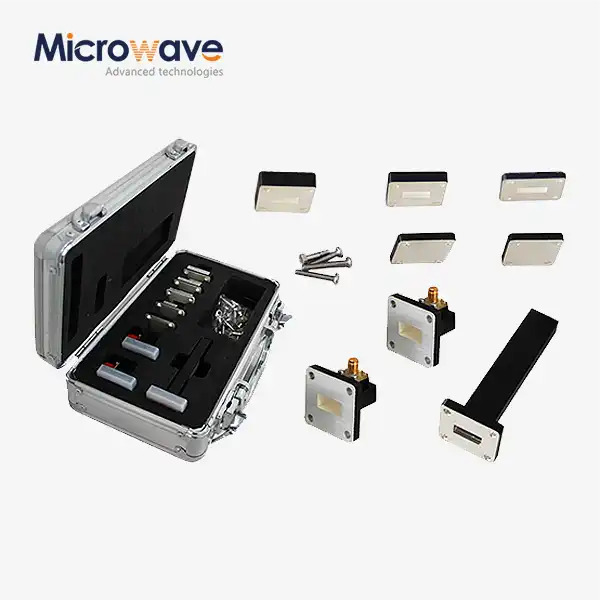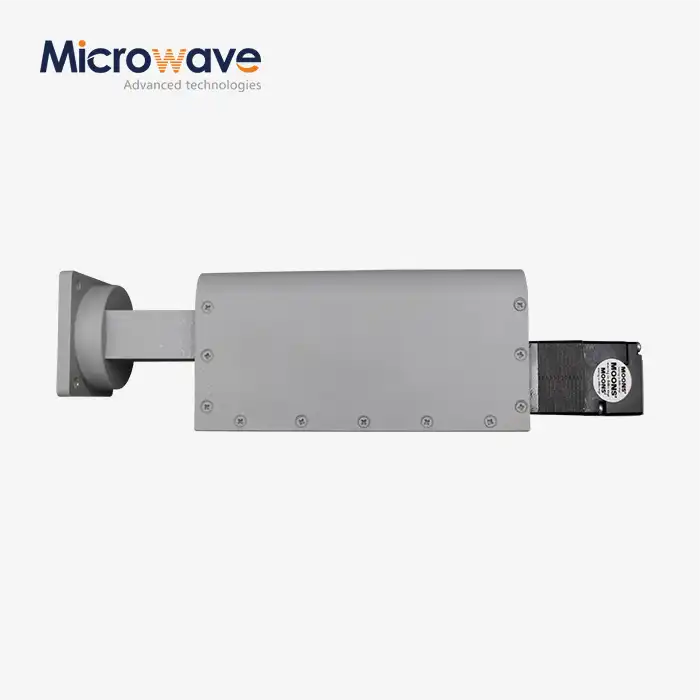How to reduce the insertion loss of waveguide circulators?
December 3, 2024
1. Material Selection and Optimization:
- For ferrite materials in circulators, choose varieties with high saturation magnetization, low coercivity, and low magnetic loss. New composite ferrite materials, through special formulations and preparation processes, can maintain a low magnetic loss tangent over a wide frequency range, reducing energy loss from hysteresis and eddy current effects.
- Regarding waveguide wall materials, highly conductive metals like silver and copper are ideal. Plating an ultra-thin highly conductive metal film on the inner wall of the waveguide further reduces conduction losses and boosts signal transmission efficiency.
2. Precise Structural Design:
- In port design, utilize advanced electromagnetic simulation software for accurate impedance matching calculation and design. Optimize the geometry and size of the port and add appropriate matching elements such as microstrip matching networks, capacitors, or inductors to match the input impedance of the port with the characteristic impedance of the transmission line, minimizing port reflection loss.
- In the circulator's internal structure, reasonably design the shape, size, and coupling mode of the ferrite with the waveguide. For example, a gradient ferrite structure makes the signal transition smoother when entering and leaving the ferrite area, reducing scattering and refraction loss. Also, optimize the distribution and intensity of the biased magnetic field to ensure its uniformity and stability, reducing signal distortion and loss due to uneven magnetic fields.
3. Advanced Manufacturing Processes:
- During processing, use high-precision CNC processing equipment to strictly control the dimensional accuracy of waveguide and ferrite components, keeping tolerances within a small range to reduce signal reflection and scattering from processing errors.
- Conduct fine grinding and polishing on the surface of processed parts to lower surface roughness and minimize loss caused by the surface effect.
- In the assembly process, follow strict assembly process specifications to ensure accurate alignment and good contact among components, avoiding gaps and misalignments from improper assembly and preventing signal leakage and distortion during transmission.
4. Optimization and Control of Working Environment:
- Temperature affects circulator performance. Equip a precise temperature control system to stabilize the operating temperature within the optimal working range as too high or low a temperature changes the electromagnetic properties of ferrite materials, increasing insertion loss.
- Provide good electromagnetic shielding for the circulator to prevent external electromagnetic interference signals from intruding and reduce additional loss from electromagnetic coupling.
In summary, by comprehensively optimizing and controlling materials, structures, manufacturing processes, and working environments, the insertion loss of waveguide circulators can be effectively reduced, enhancing their performance in microwave and RF systems and ensuring the efficient and stable operation of related systems.
Corporate News
Can the Wideband Double-ridged Horn Antenna be customized according to different application scenarios?
What are the main working principles of Coaxial Variable Attenuators?
How to Ensure the Long-Term Stable Operation of High Power Waveguide to Coaxial Adapter?
What is the typical insertion loss and isolation for Waveguide Electromechanical Switch?
Related Blogs




